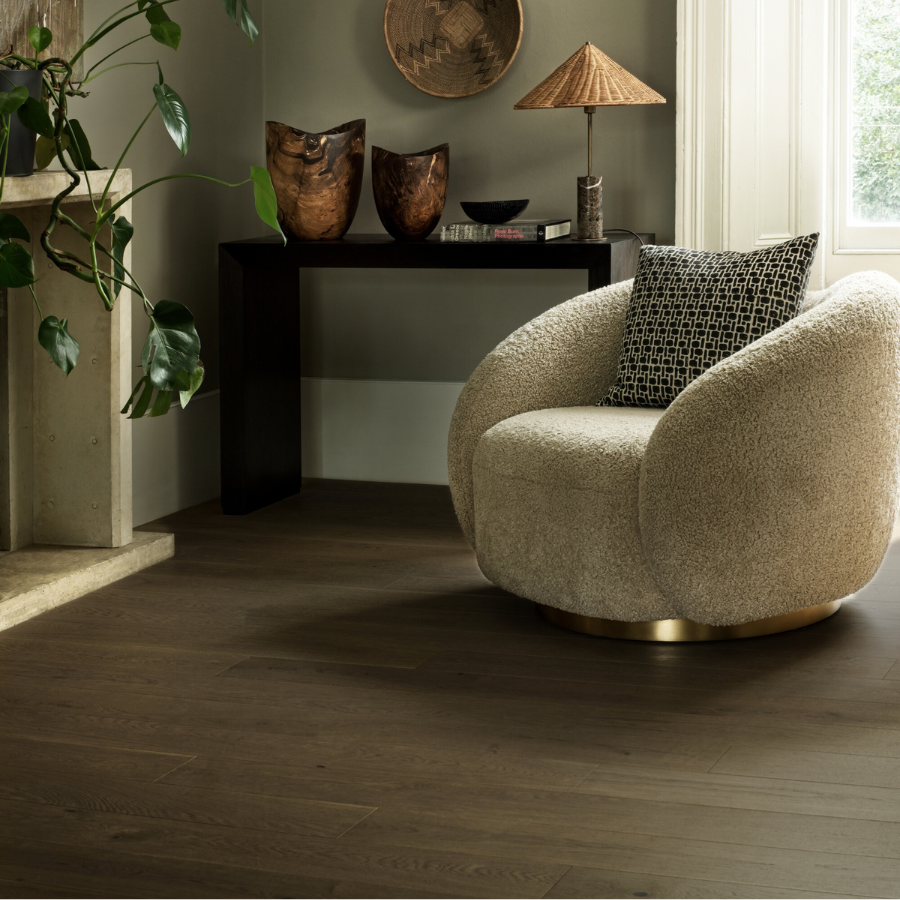A Step-by-Step Guide to Installing Your Engineered Wood Floor
A Step-by-Step Guide to Installing Your Engineered Wood Floor
Installing a new wood floor is one of the most transformative home improvement projects you can undertake. The result—a beautiful, warm, and inviting space—is incredibly rewarding. While the task may seem daunting, with the right preparation and knowledge, installing an engineered wood floor is a manageable project for a confident DIYer. Here’s a simple guide to help you get started.
Step 1: The All-Important Preparation
-
Acclimatisation: Your wood flooring must acclimatise to its new environment. Unbox the planks and let them sit in the room where they will be installed for at least 48 to 72 hours. This allows the timber to adjust to the room's temperature and humidity, preventing future expansion or contraction.
-
Subfloor: Your subfloor must be dry, clean, and perfectly level. Use a straight edge to check for any unevenness. Fill any dips or grind down any high spots. A damp-proof membrane is also essential on concrete subfloors to protect your new wood floor from moisture.
Step 2: Choosing Your Installation Method
Engineered wood flooring offers flexibility with three main installation methods, each with its own benefits.
-
Floating: This is the most popular choice for DIYers. The planks are glued or clicked together at the joints, and the entire floor "floats" over a layer of underlay without being fixed to the subfloor. It's a great option for fitting over concrete or for rooms with underfloor heating.
-
Glue-Down: This method involves adhering the planks directly to the subfloor with a special adhesive. It provides an incredibly solid feel underfoot and is often the best choice for large areas or when installing over underfloor heating. This is the method we recommend using at Knot & Grain, especially for herringbone wood floors which require more stability.
-
Secret Nailing: If you have a timber subfloor, you can nail the planks into place. This method creates a very secure and stable floor.
Step 3: The Installation Process
With your tools and prepared space, you can begin laying your new floor.

-
Starting Point: For straight planks, always start with the longest, straightest wall. This will ensure your first row is perfectly aligned, setting the foundation for the rest of the room. For herringbone, measure the longest wall and divide by two to find the room's centre line. Mark this with a chalk line, connect two herringbone planks and use the centre line for the highest point. Consider adding additional guide lines: a horizontal line to ensure a perfect 90-degree angle and two parallel lines to outline the outer edges of your strip. Precision is crucial when fitting parquet.
-
Expansion Gaps: Wood is a natural product that expands and contracts with changes in temperature and humidity. For floating floors, it is absolutely critical to leave a 10-12mm expansion gap around the entire perimeter of the room—against walls, door frames, and fireplaces. Use spacers to maintain this gap.
-
Staggering: For a professional and stable finish, stagger the end joints of your planks. Never line them up directly. This distributes the weight and creates a more visually appealing pattern.
-
Cutting: As you work across the room, you will need to cut the planks to size. Use a circular or chop saw for clean, straight cuts, and be sure to wear appropriate safety gear.
Step 4: The Finishing Touches
Once all the planks are laid, it’s time to bring your project to a beautiful conclusion.
Carefully remove all the spacers around the perimeter. To conceal the expansion gaps, install new skirting boards or use beading that complements your new floor. Remember at Knot & Grain we can custom stain any of our solid oak flooring trims to match your chosen flooring from within our collections. Give the floor a thorough clean, and take a moment to admire your hard work!
While DIY installation is rewarding, it’s also a complex job that requires precision and experience. If in doubt, remember that a professional installation can guarantee a flawless and long-lasting result, giving you complete peace of mind.



